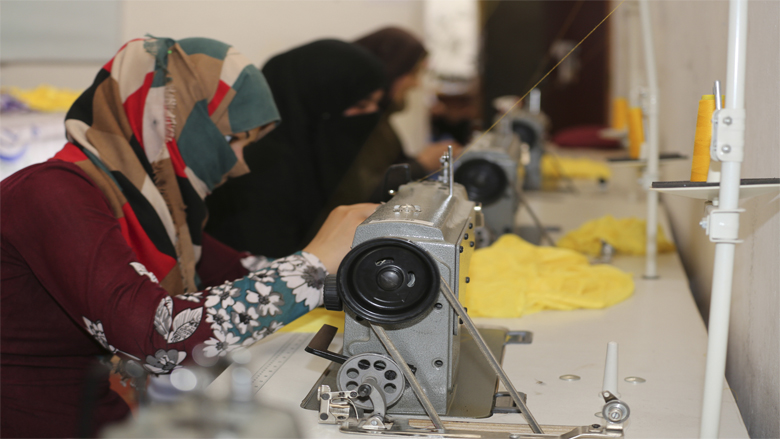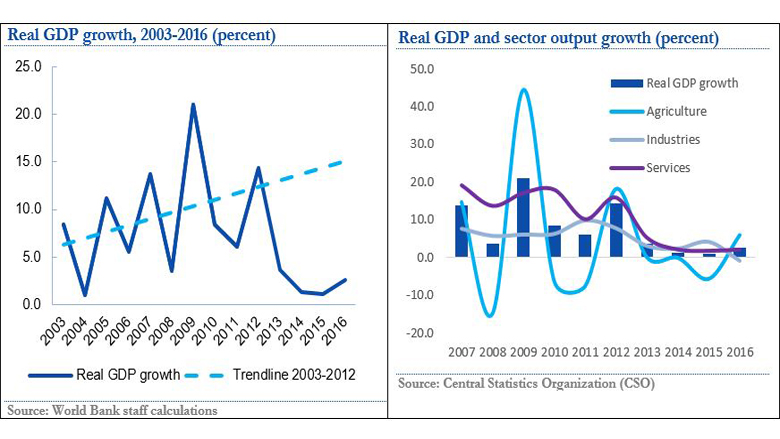May 25, 2017 – This edition of the Afghanistan Development Update series shows that Afghanistan’s deteriorating security situation is continuing to have a negative impact on livelihoods, business confidence, and economic activity. Economic growth rate increased from 1.1 percent in 2015 to 2.2 percent in 2016, mainly due to the strong growth of the agricultural sector. By contrast, the non-agriculture sectors continued to exhibit sluggish growth. With Afghanistan’s population growth rate at nearly 3 percent, an economic growth rate of 2.2 percent implies a decline in per capita income. The Update projects that the economic growth rate will increase modestly to 2.6 percent in 2017.
The Update shows that Afghanistan’s fiscal environment has improved. Domestic revenues increased by 15 percent in 2016, exceeding the budget target by around five percent. Revenue collection has improved for two consecutive years, reversing the abrupt decline recorded in 2014. In proportion to GDP, however, revenue collection remained relatively low, at 10.5 percent. With projected revenues at 10.8 percent of GDP in 2017, the Update expects a balanced fiscal budget in 2017 if donor grants are disbursed as planned.
The Update projects that the growth rate will gradually increase to around 3.6 percent by 2020. Stronger growth in out-years is predicated on improvements in security, the achievement of political stability, the successful implementation of reforms, and continued high levels of aid. Over the medium term, the government will continue to face significant fiscal challenges. Development and security expenditures are expected to increase, while resources are likely to remain tight.
In 2016, Afghanistan’s humanitarian challenges increased significantly. Over this year, more than 800,000 Afghan refugees returned from Pakistan and Iran. Displacements resulting from internal conflict have also sharply increased. With the likelihood of continued repatriation and internal displacement in 2017, this situation creates an urgent need for the government to protect and provide basic services to these vulnerable individuals.

